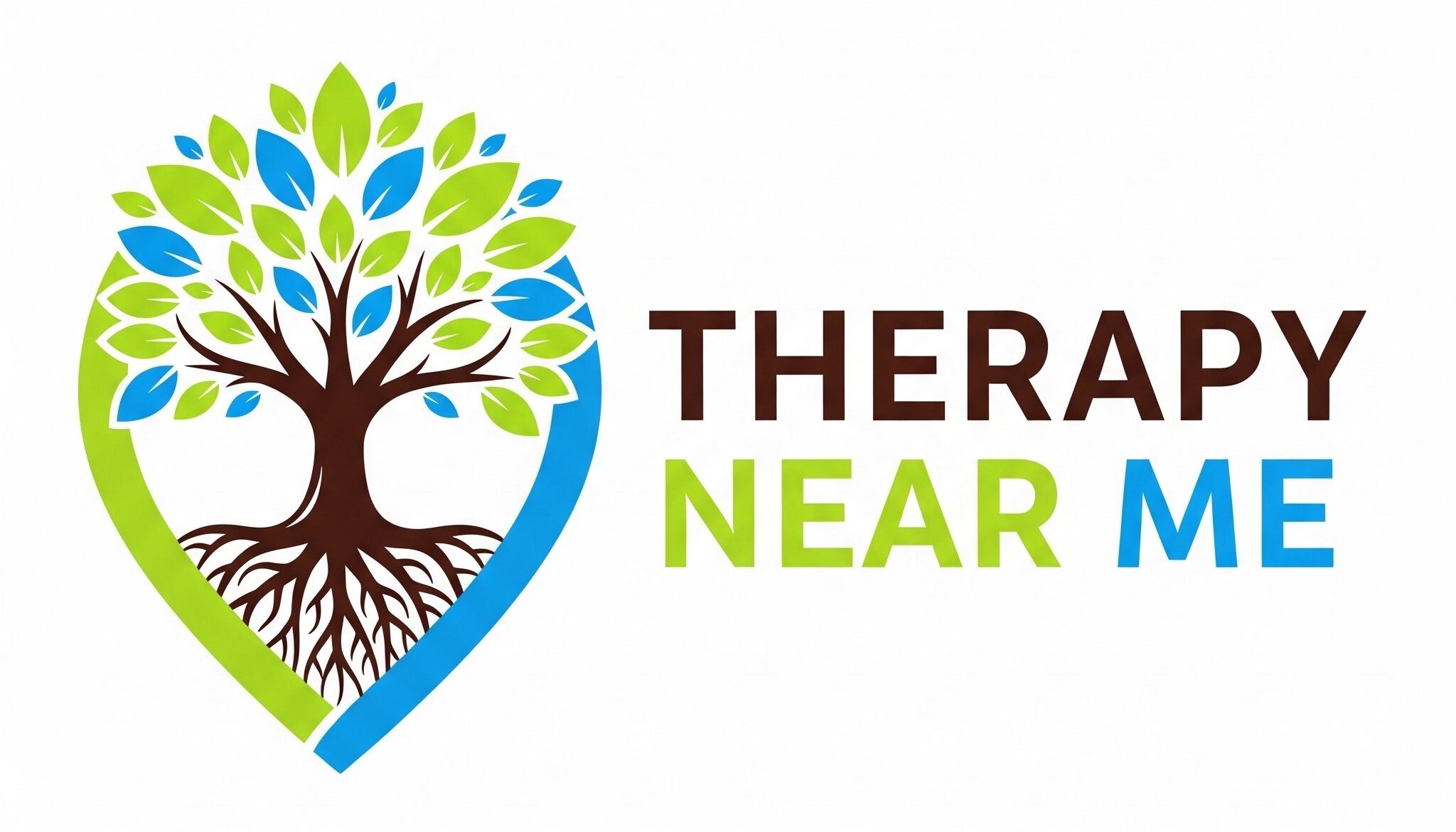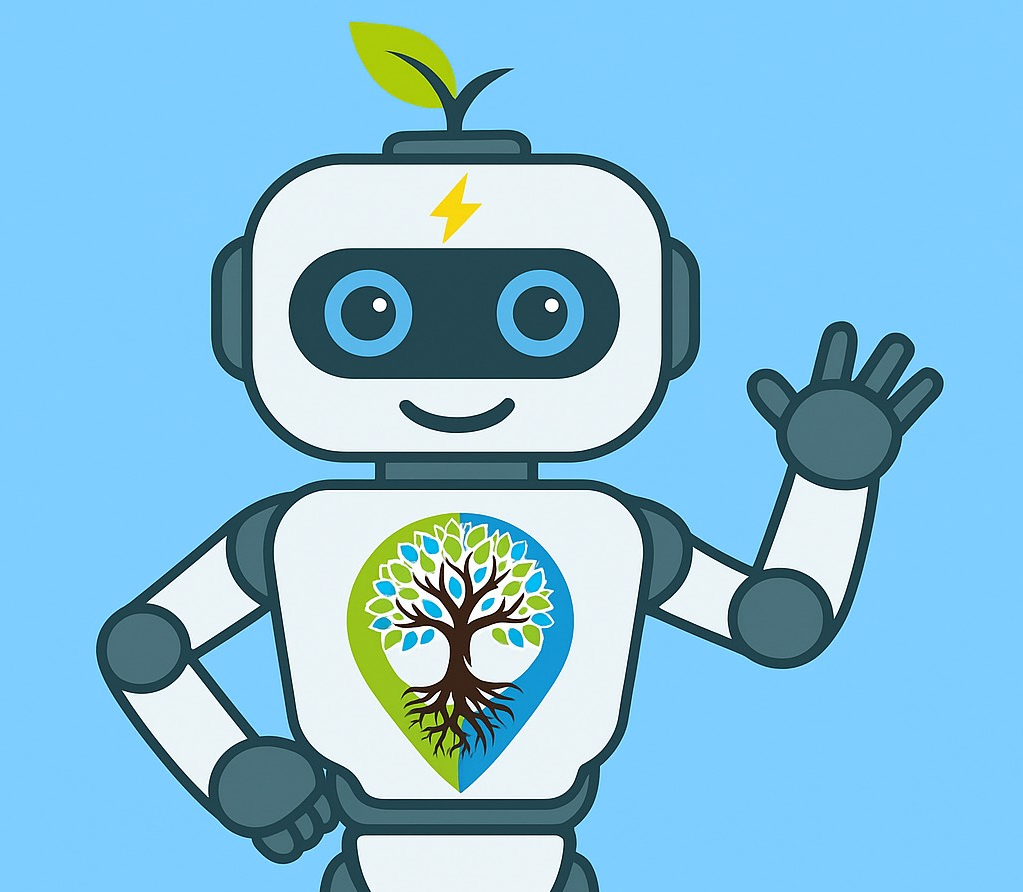Learning disorders are neurodevelopmental disorders that affect the brain’s ability to receive, process, store, respond to, and communicate information. These disorders can significantly impact a person’s ability to read, write, speak, and perform mathematical calculations, thereby affecting educational and social development. This article provides an overview of the types, causes, and treatments of learning disorders, integrating current scientific research.
Types of Learning Disorders
Learning disorders can manifest in several forms, each affecting different academic and functional skills:
Dyslexia
Dyslexia is the most common learning disorder, characterised by difficulties with accurate and/or fluent word recognition, poor spelling, and decoding abilities. Research has shown that dyslexia stems from phonological processing problems, where individuals struggle to manipulate sounds in words (Shaywitz et al., 2008).
Dyscalculia
Dyscalculia involves difficulties in understanding numbers and learning math facts. Individuals with this disorder have problems with counting, calculating, and recognising numbers. The underlying causes are thought to be related to a deficit in the brain’s ability to process numerical information (Butterworth, Varma, & Laurillard, 2011).
Dysgraphia
Dysgraphia affects a person’s handwriting ability and fine motor skills, making it hard to write letters or numbers. It also involves difficulties with spelling and organizing ideas in writing, believed to be linked to problems in orthographic coding, the process involved in writing and understanding text (Berninger et al., 2006).
Causes of Learning Disorders
Learning disorders are believed to result from differences in brain structure and function that affect one or more cognitive processes related to learning. These conditions are often hereditary and may be linked to:
- Genetic Factors: Many learning disorders run in families, suggesting genetic influences as a common cause (Pennington, 2009).
- Brain Development: Studies using MRI and other imaging technologies have shown that people with learning disorders often exhibit structural and functional differences in the brain, particularly in areas involved in language processing and executive function (Elliott & Grigorenko, 2014).
- Environmental Factors: Low birth weight, exposure to toxins, and early childhood infections can contribute to the development of learning disorders.
Treatment and Management
While there is no cure for learning disorders, early diagnosis and appropriate educational interventions can significantly improve outcomes:
Educational Interventions
Tailored educational programs are crucial. These might include:
- Remedial Education: Specially designed instruction that addresses specific disabilities while reinforcing strengths.
- Multisensory Approaches: Methods that involve using multiple senses to help learn information, such as those used in the Orton-Gillingham approach for dyslexia.
Technological Supports
Technology offers various tools that can compensate for difficulties associated with learning disorders:
- Software and Apps: Text-to-speech and speech-to-text technologies, as well as mathematical tools designed to assist with numeracy.
- Assistive Devices: Tools like calculators and word processors can help bypass challenges with manual calculation and writing.
Psychological and Behavioral Therapies
Support to manage the emotional and social issues that often come with learning disorders includes:
- Cognitive Behavioral Therapy (CBT): Helps in managing associated anxiety and stress.
- Counseling: Offers support for self-esteem issues that children and adults with learning disorders often face.
Misconceptions About Learning Disorders
Learning Disorders Are Linked to Intelligence
One pervasive myth is that learning disorders, such as dyslexia, dyscalculia, and dysgraphia, are indicative of low intelligence. However, research consistently shows that learning disorders are independent of one’s intellectual capacity. People with learning disorders have average or above-average intelligence and their struggles are specific to certain cognitive processes related to learning (Siegel, 1989; Shaywitz, 2003).
Learning Disorders Can Be Outgrown
Another misconception is that children can outgrow learning disorders as they mature. In reality, while interventions can mitigate the impact and individuals can develop compensatory strategies, these disorders are generally lifelong. Early diagnosis and continuous educational strategies are crucial for managing their effects throughout schooling and into adulthood (Shaywitz et al., 1999).
More Effort Equals Overcoming Learning Disorders
There is a common belief that if students with learning disorders worked harder, they would overcome their difficulties. This view fails to recognise that learning disorders stem from neurobiological differences that affect how individuals process information. Effective intervention requires targeted educational strategies, not just more effort from the student (Lyon, Shaywitz, & Shaywitz, 2003).
Learning Disorders Only Affect Academic Performance
While learning disorders primarily impact educational outcomes, their effects can extend beyond the classroom. Individuals with learning disorders often experience challenges with self-esteem, social skills, and coping with stress, which can affect various aspects of life including interpersonal relationships and career development (Margari et al., 2013).
Learning Disorders Are Rare
It is often thought that learning disorders are uncommon. However, they are quite prevalent; for example, dyslexia affects about 10% of the population, making it one of the most common learning disabilities. Dyscalculia and dysgraphia also significantly affect a large number of students, though they are less well-known than dyslexia (Peterson & Pennington, 2012).
Addressing the Misconceptions
Education and Awareness
Raising awareness and educating the public about the realities of learning disorders is key to changing perceptions. Accurate information can help reduce stigma and promote more supportive environments, both academically and socially.
Advocacy and Support
Support groups and advocacy organisations play crucial roles in promoting the rights and needs of individuals with learning disorders. These groups provide resources for families, influence educational policy, and strive to ensure that adequate supports are in place to help individuals succeed.
Research and Development
Continued research into the causes, manifestations, and treatments of learning disorders is essential. This research helps refine educational strategies and therapeutic approaches, ensuring they are based on the latest scientific findings.
Conclusion
Learning disorders are complex conditions that require a multifaceted approach to diagnosis and management. Through early intervention and tailored educational strategies, individuals with learning disorders can achieve their potential in academic and life pursuits. Ongoing research continues to enhance our understanding and treatment of these pervasive challenges. Dispelling myths and misconceptions about learning disorders is crucial for fostering understanding and support. Education, advocacy, and research are key to changing public perceptions and improving the lives of those affected.
References
- Berninger, V. W., & Richards, T. L. (2002). Brain literacy for educators and psychologists. Elsevier Science.
- Butterworth, B., Varma, S., & Laurillard, D. (2011). Dyscalculia: From brain to education. Science, 332(6033), 1049-1053.
- Elliott, J. G., & Grigorenko, E. L. (2014). The Dyslexia Debate. Cambridge University Press.
- Pennington, B. F. (2009). Diagnosing learning disorders: A neuropsychological framework. Guilford Press.
- Shaywitz, S. E., Morris, R., & Shaywitz, B. A. (2008). The education of dyslexic children from childhood to young adulthood. Annual Review of Psychology, 59, 451-475.
- Lyon, G. R., Shaywitz, S. E., & Shaywitz, B. A. (2003). A definition of dyslexia. Annals of Dyslexia, 53, 1-14.
- Margari, L., Buttiglione, M., Craig, F., Cristella, A., de Giambattista, C., Matera, E., Operto, F. F., & Simone, M. (2013). Neuropsychopathological comorbidities in learning disorders. BMC Neurology, 13, 198.
- Peterson, R. L., & Pennington, B. F. (2012). Developmental dyslexia. Lancet, 379(9830), 1997-2007.
- Shaywitz, S. E., Fletcher, J. M., Holahan, J. M., Shneider, A. E., Marchione, K. E., Stuebing, K. K., Francis, D. J., Pugh, K. R., & Shaywitz, B. A. (1999). Persistence of dyslexia: The Connecticut Longitudinal Study at adolescence. Pediatrics, 104(6), 1351-1359.
- Shaywitz, S. E. (2003). Overcoming Dyslexia. Knopf.
- Siegel, L. S. (1989). IQ is irrelevant to the definition of learning disabilities. Journal of Learning Disabilities, 22(8), 469-478.
How to get in touch
If you or your patient/NDIS clients need immediate mental healthcare assistance, feel free to get in contact with us on 1800 NEAR ME – admin@therapynearme.com.au.







